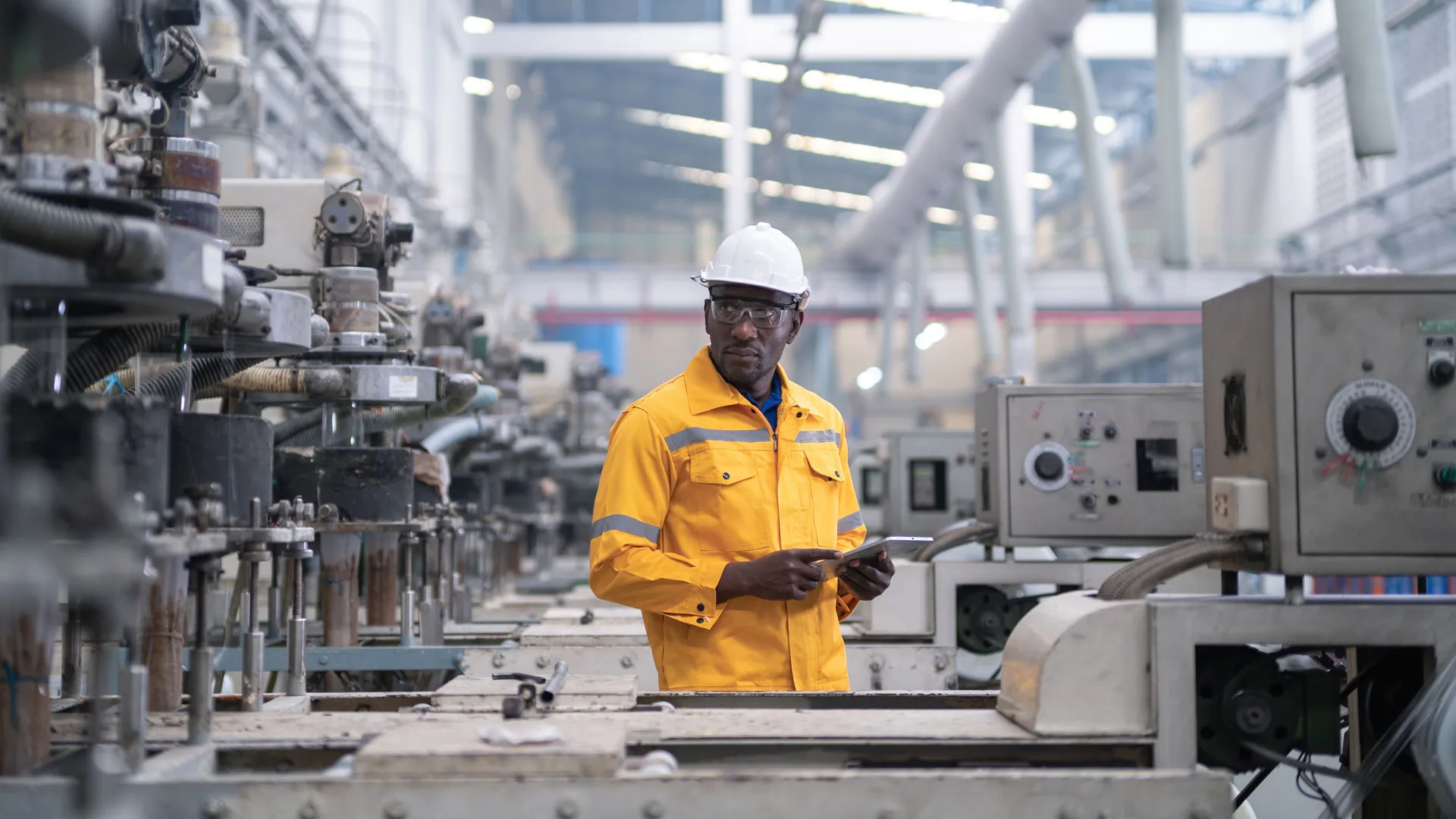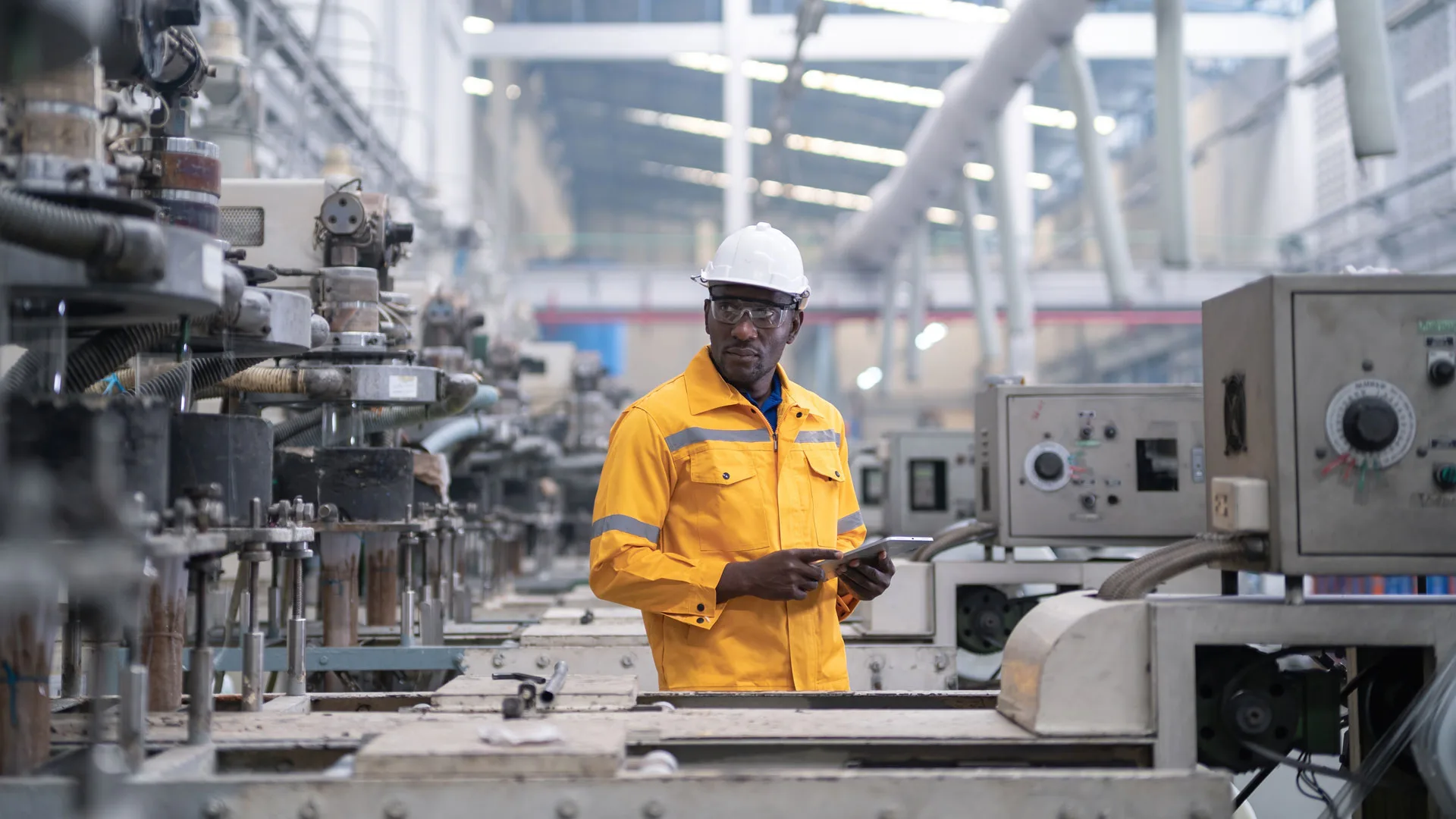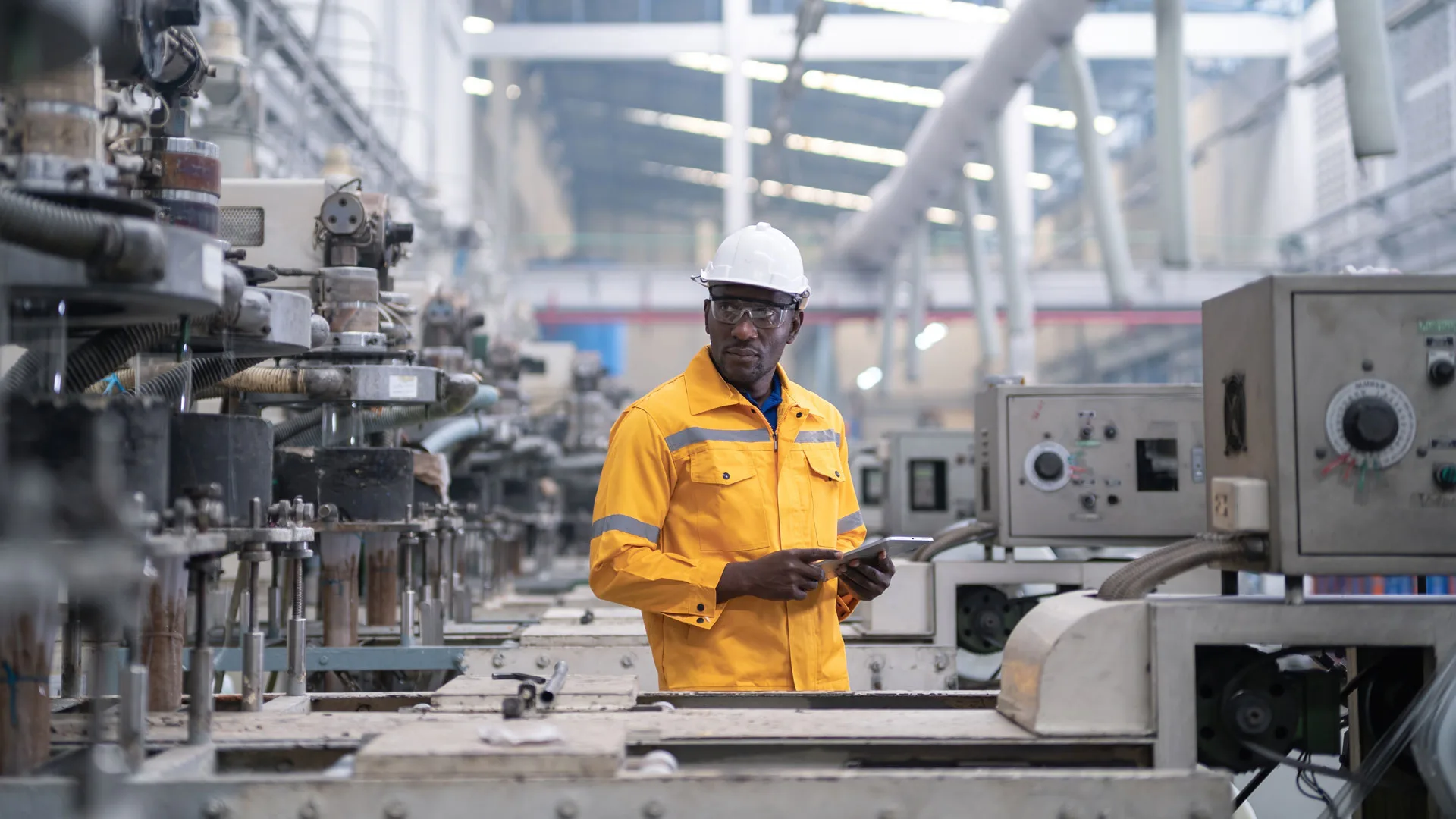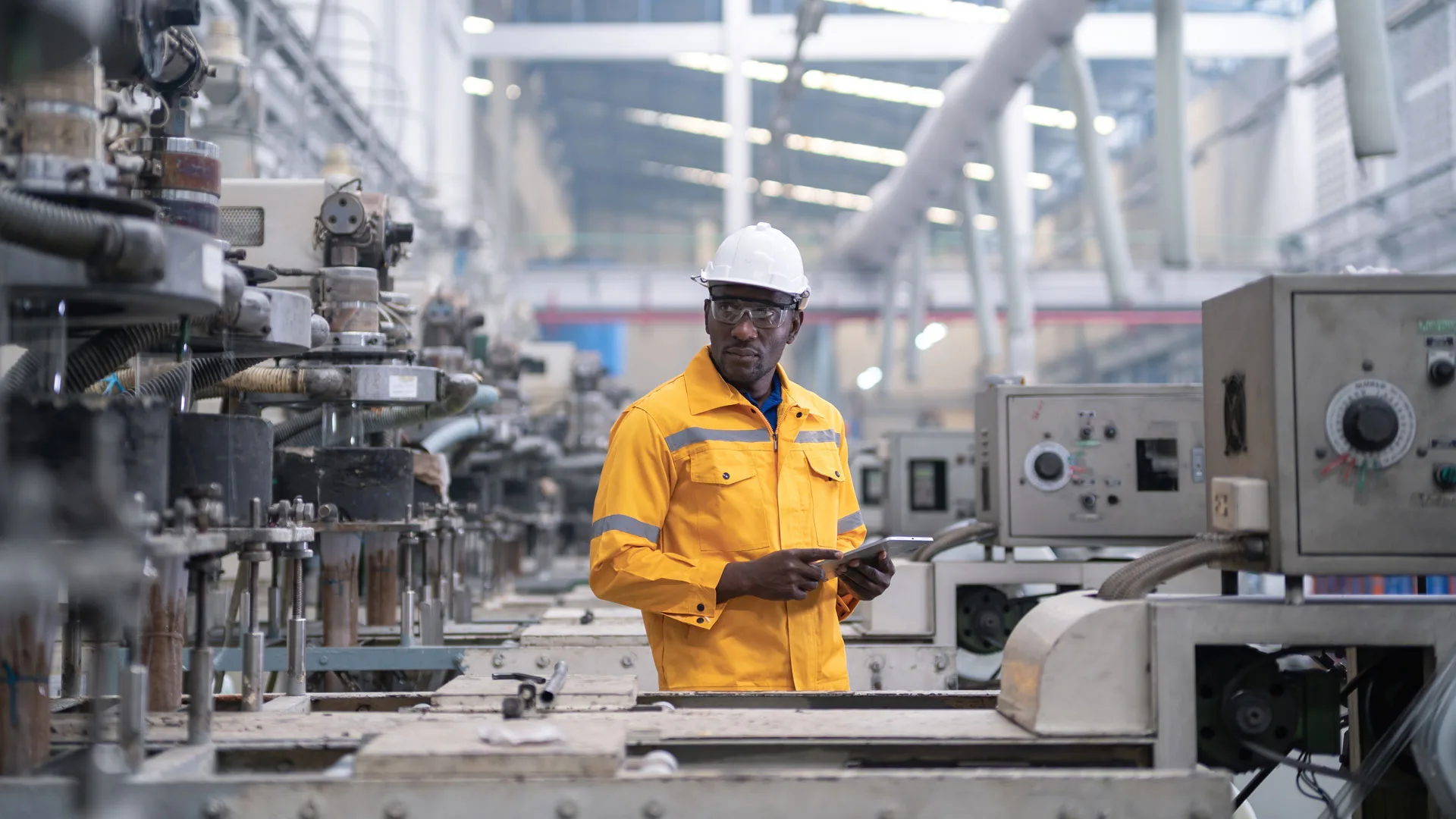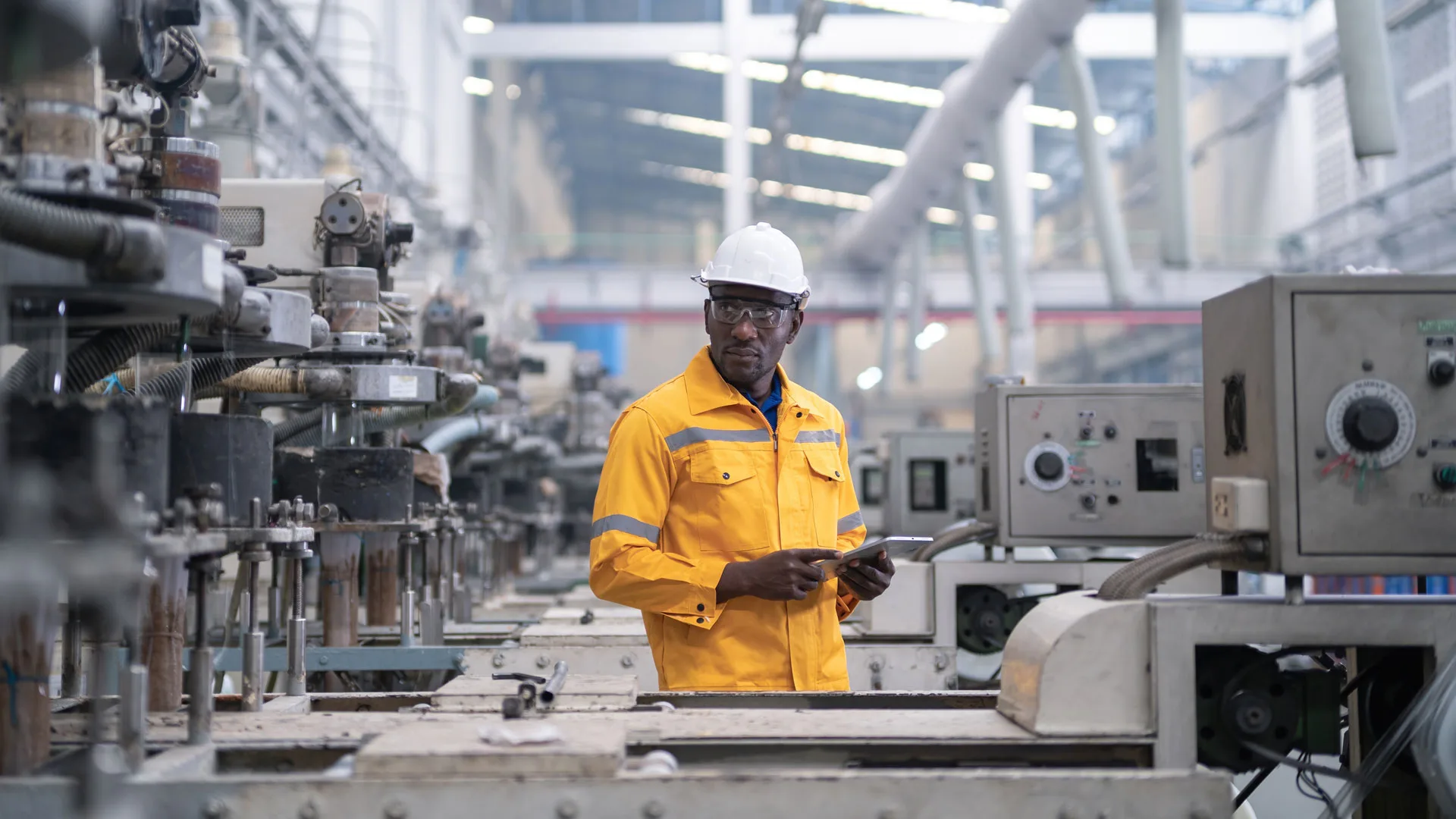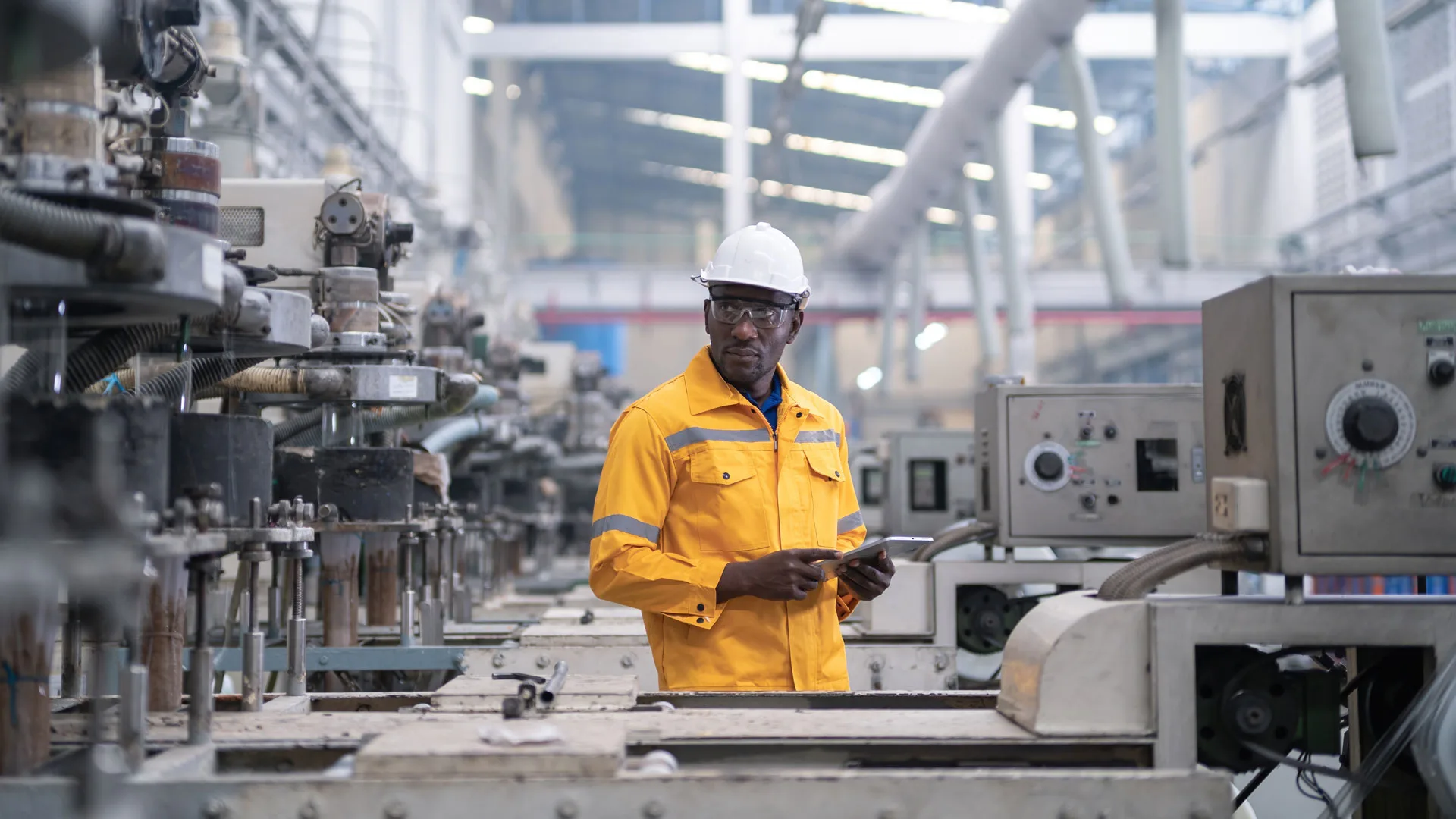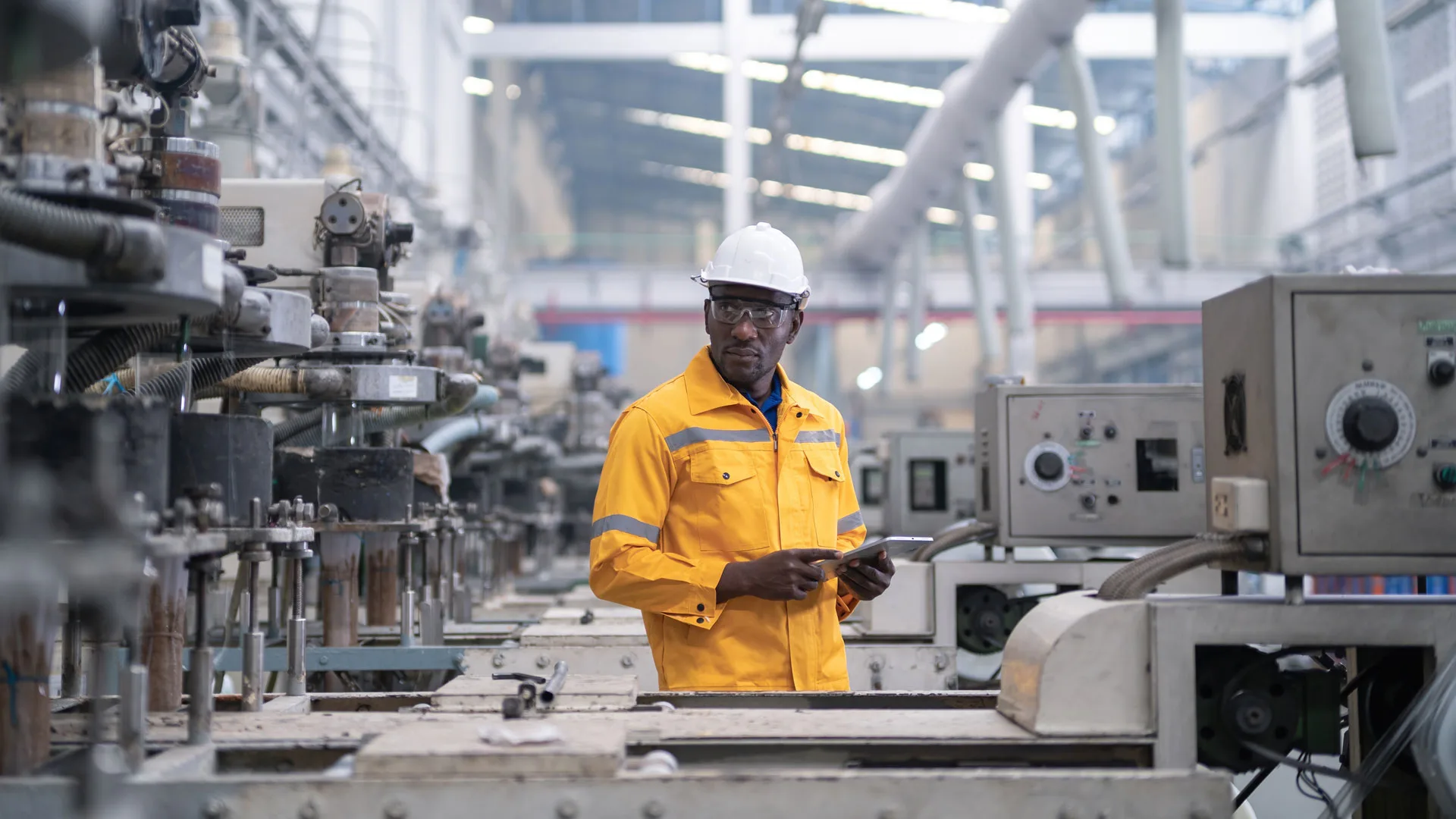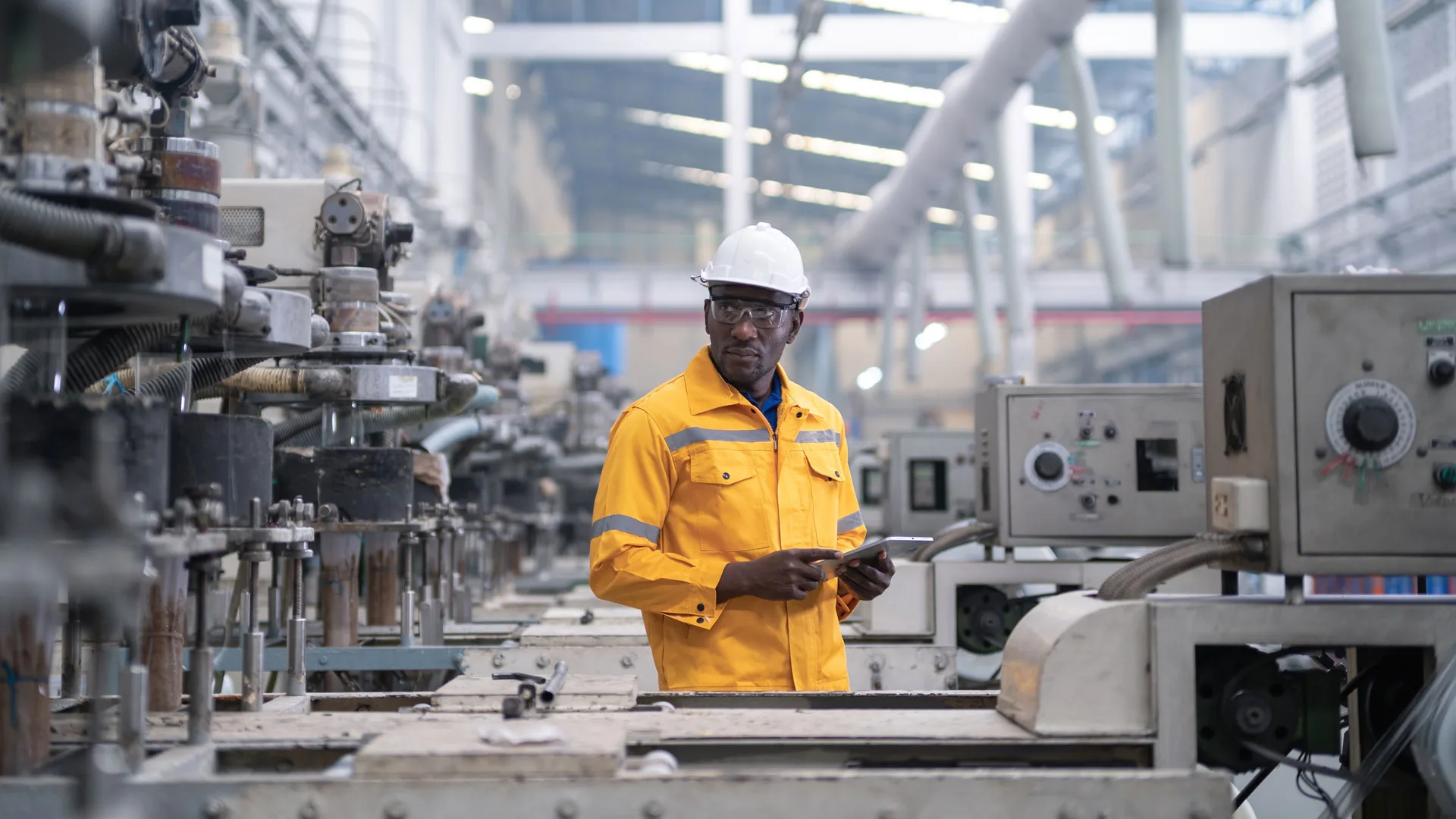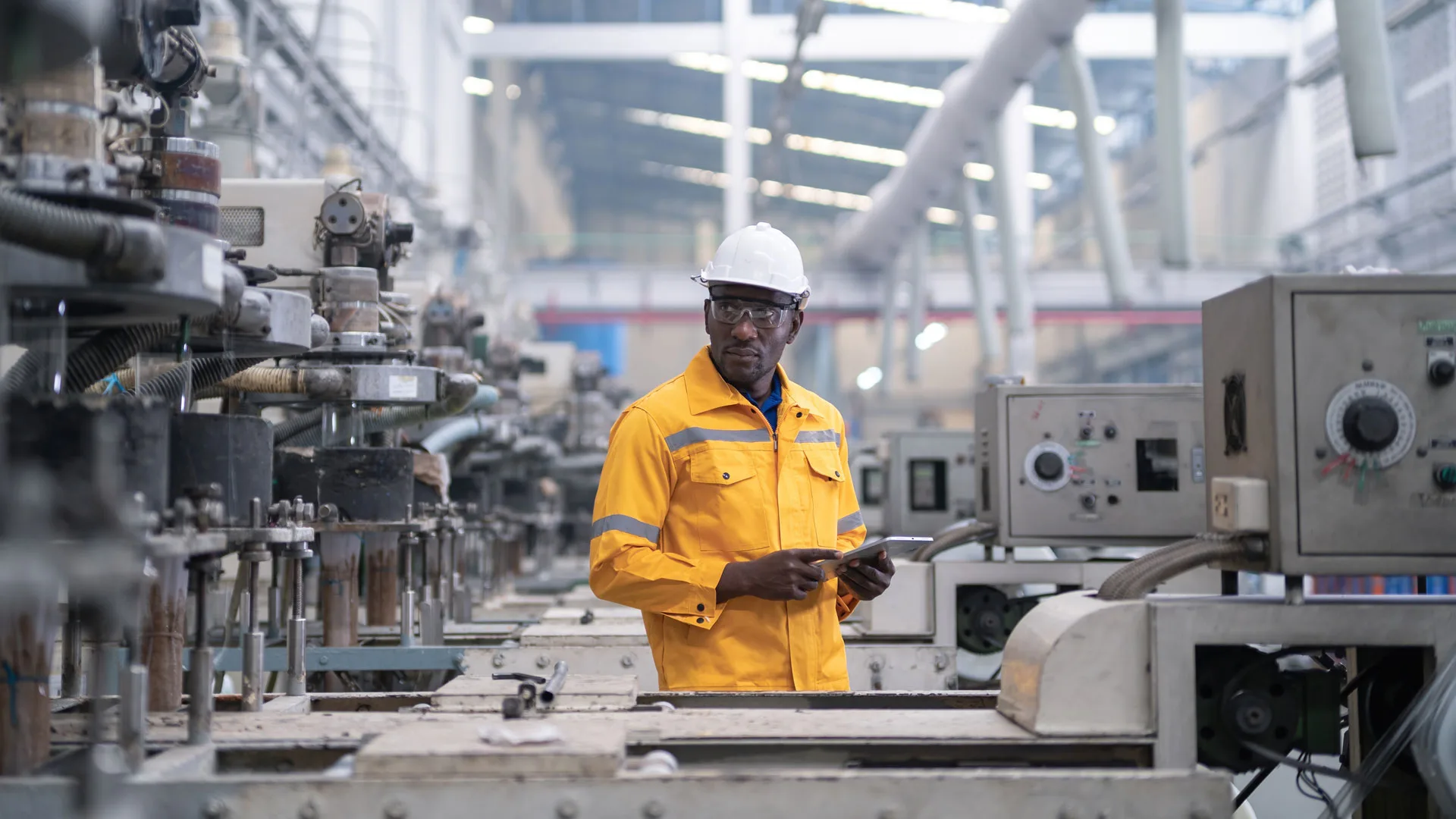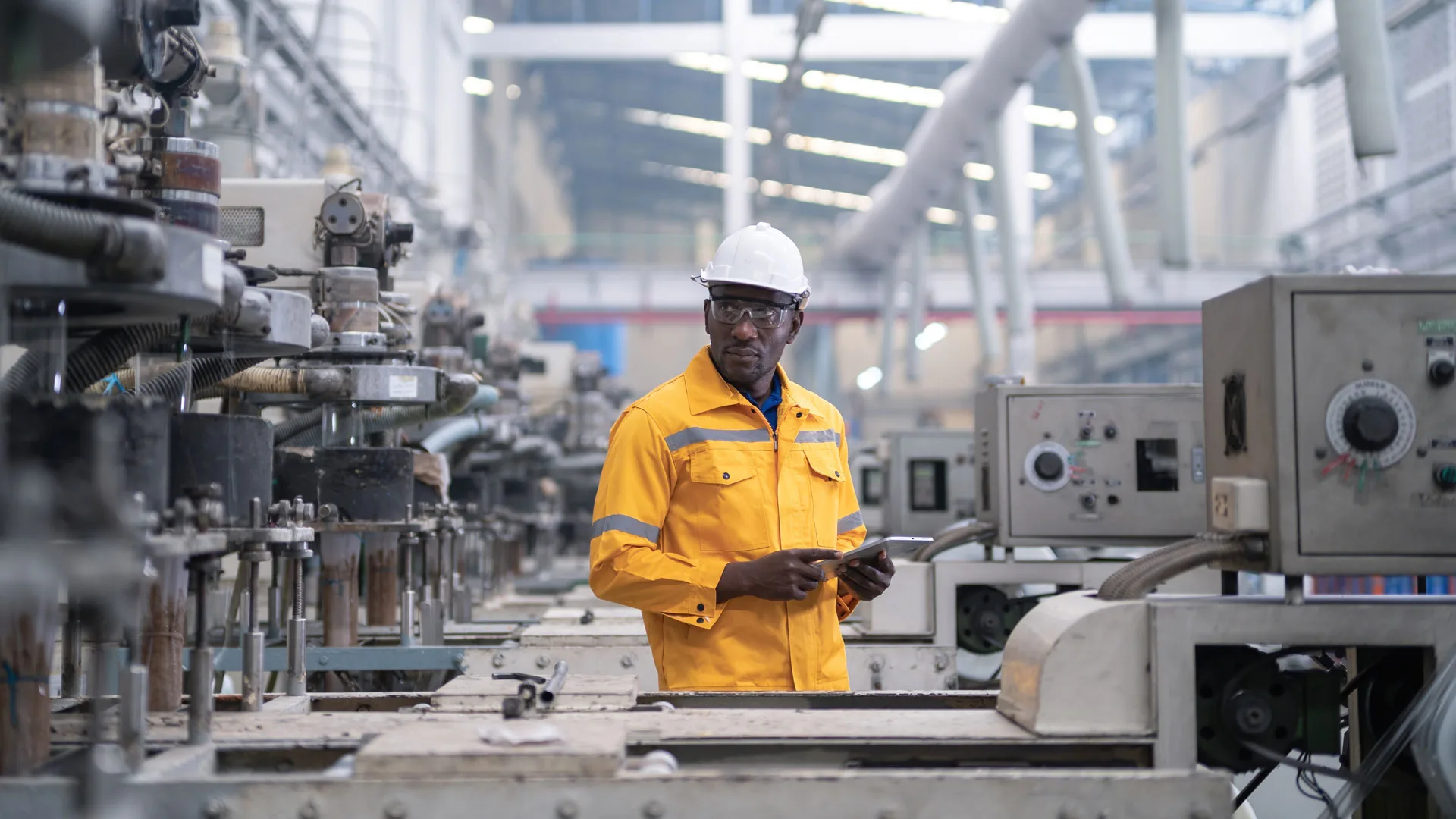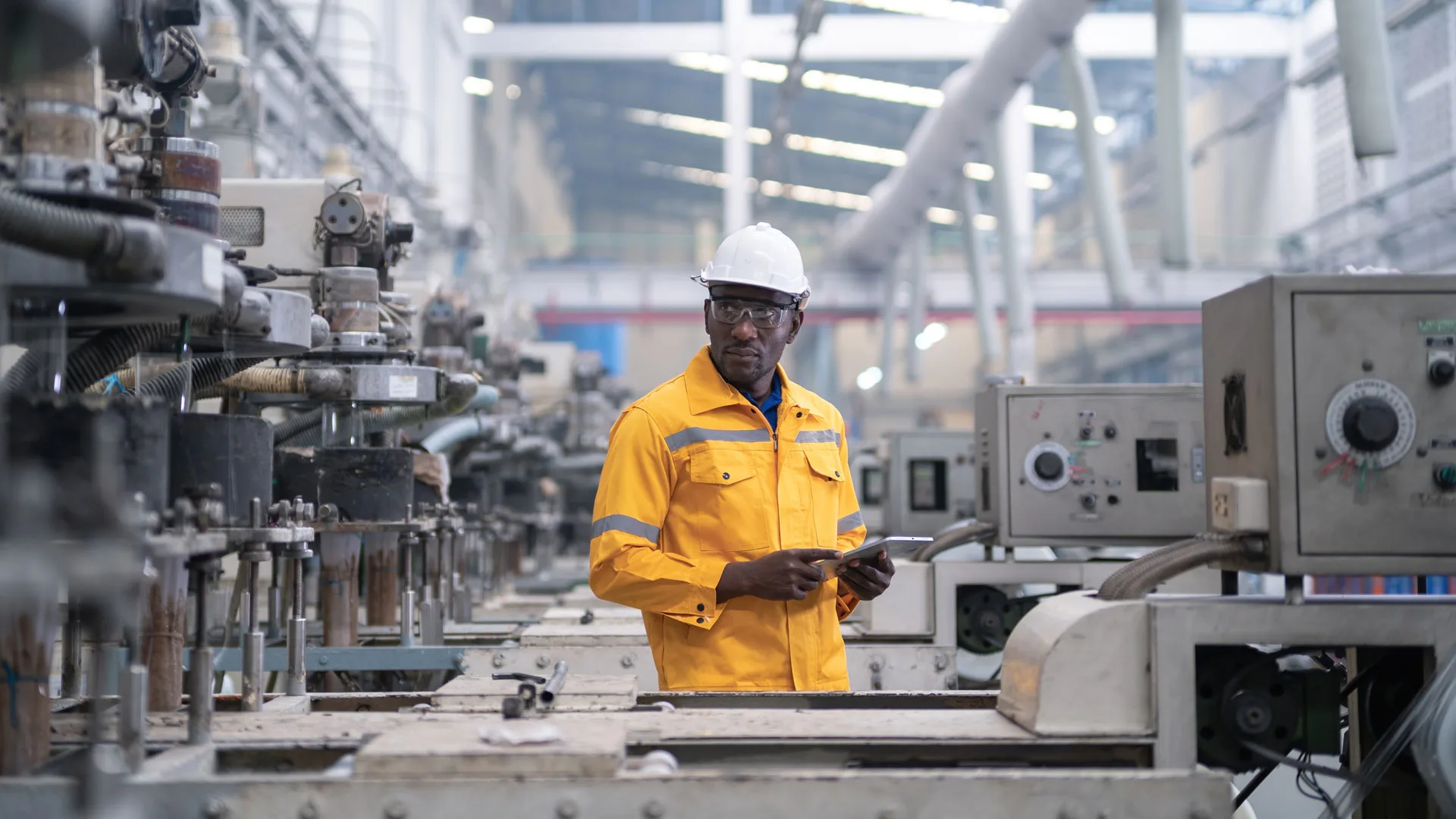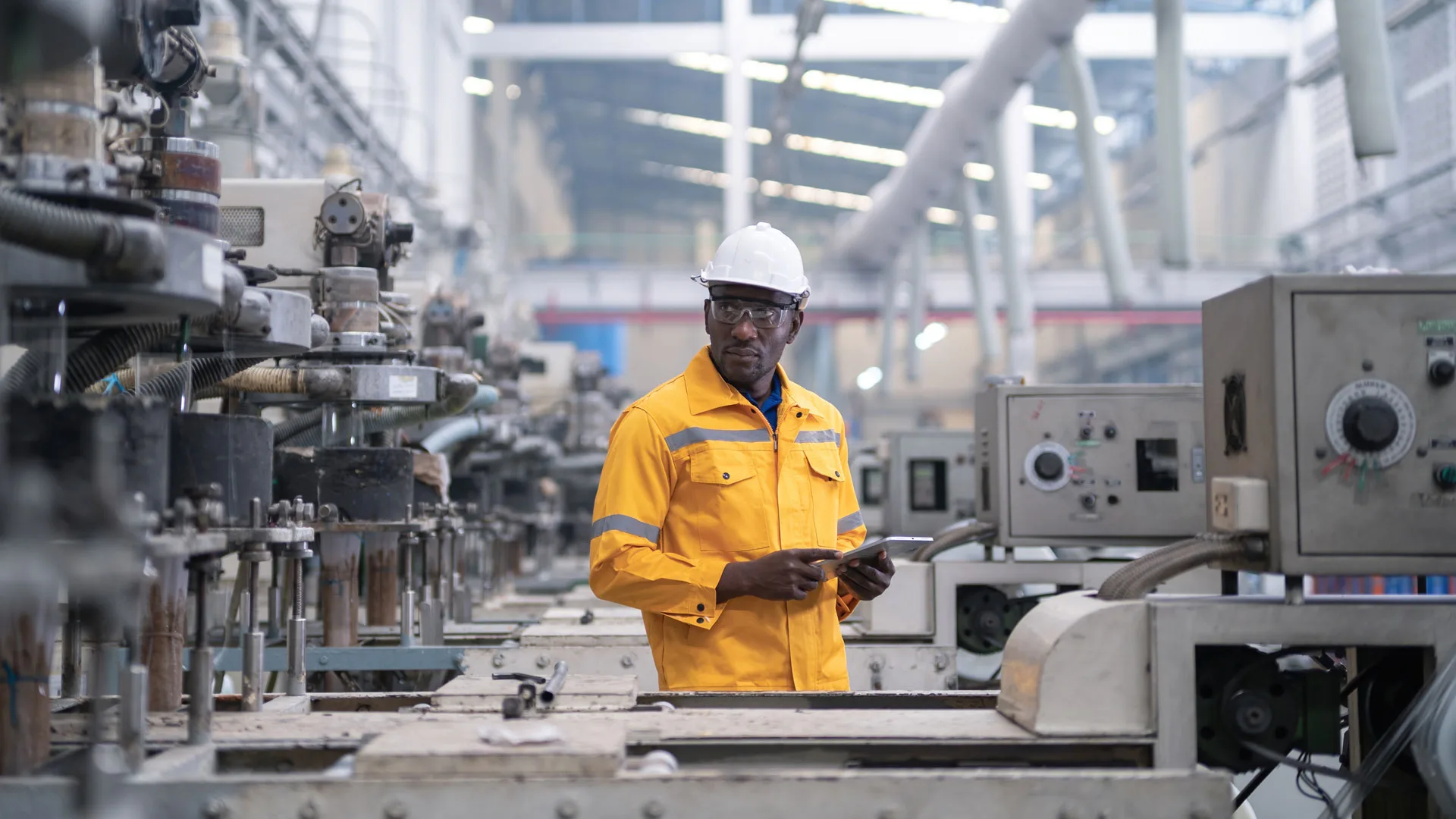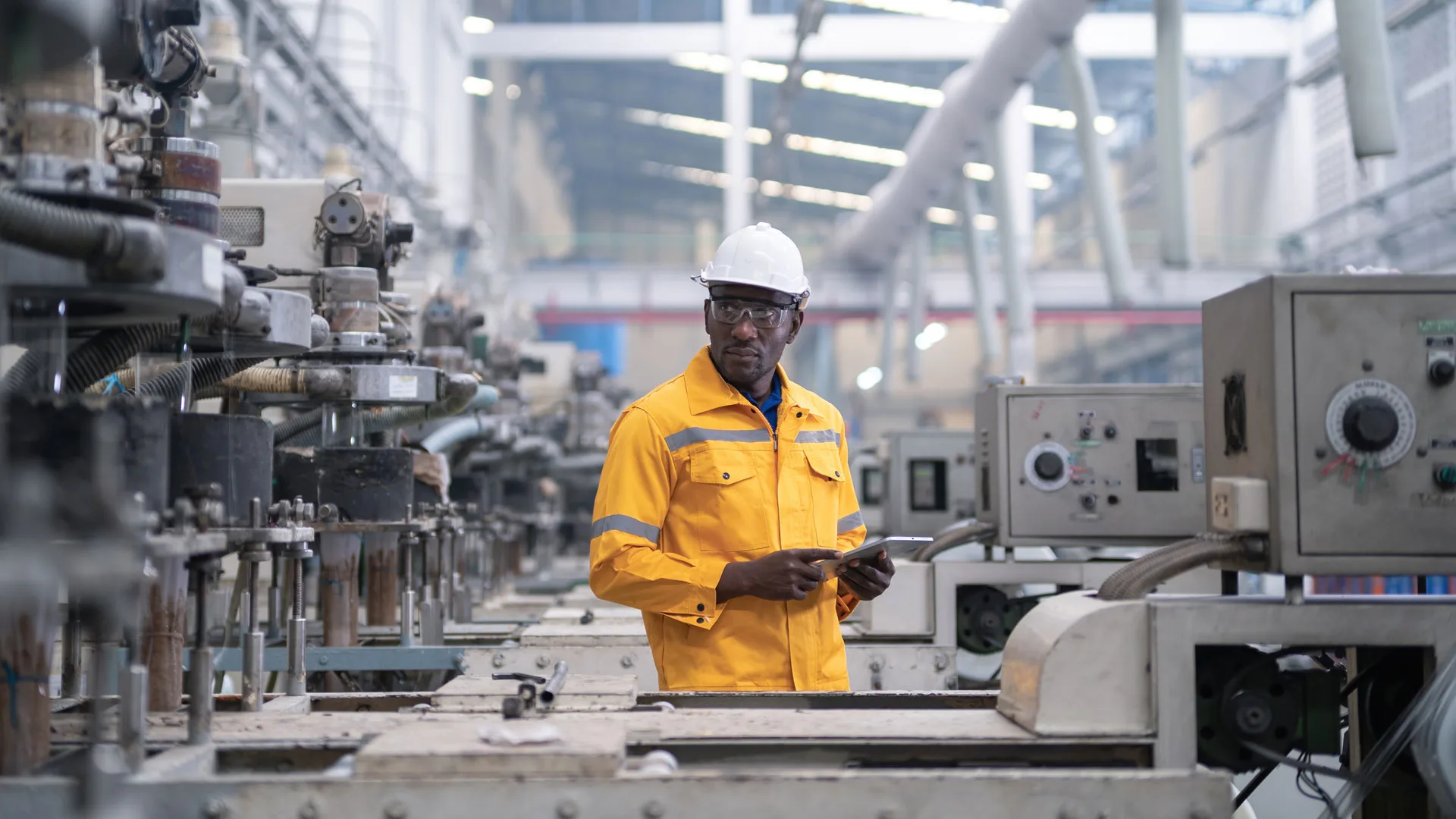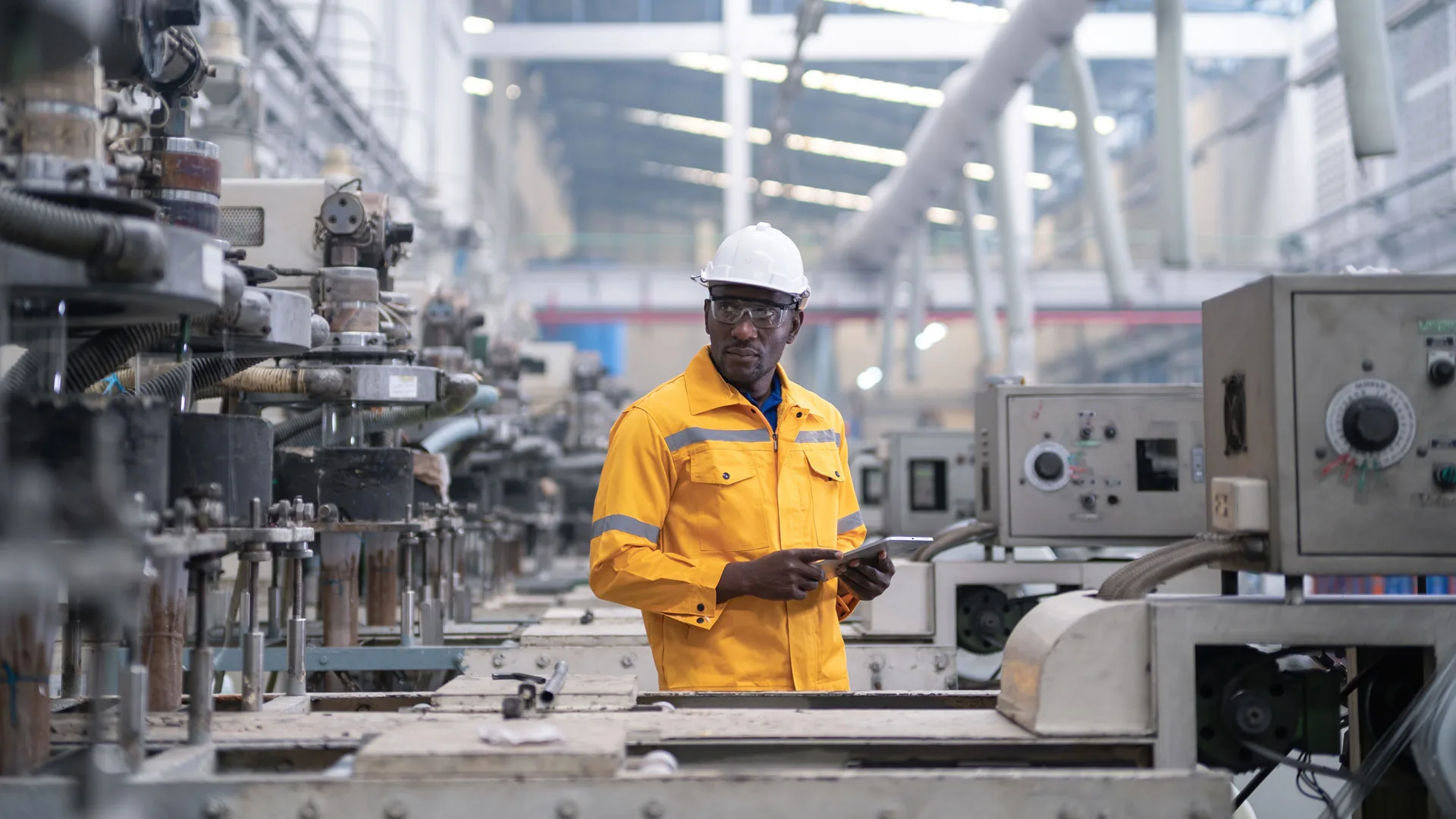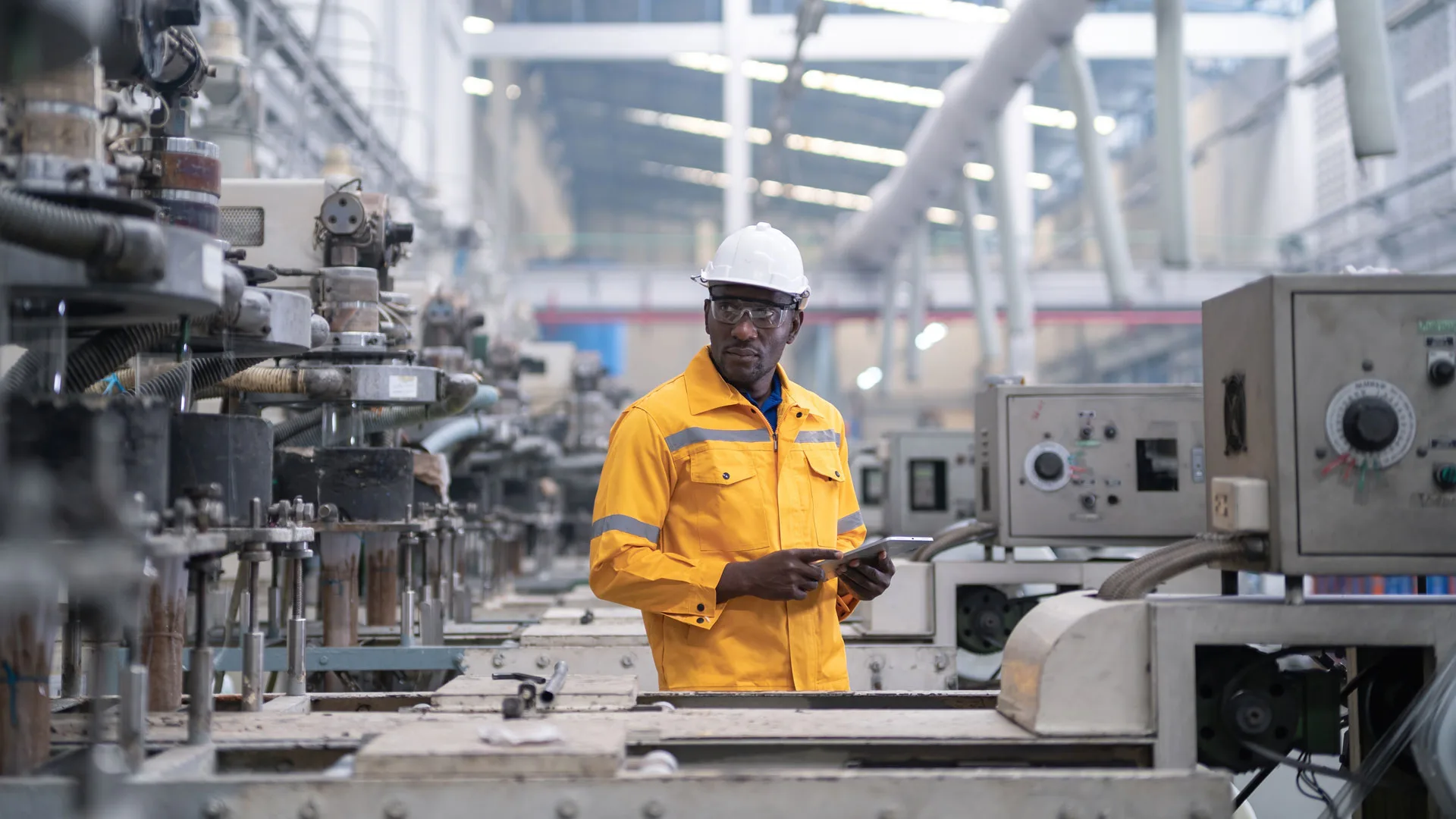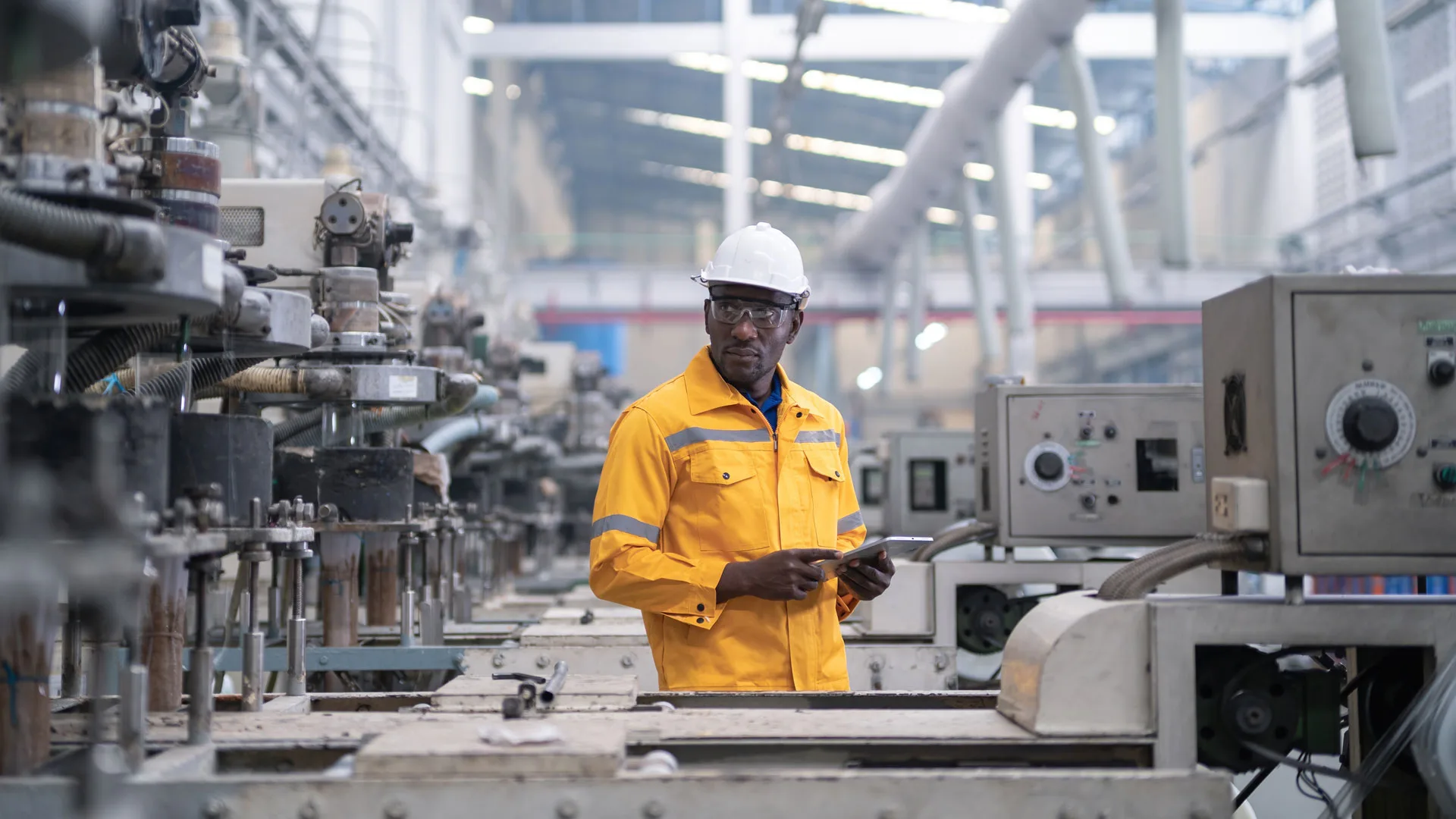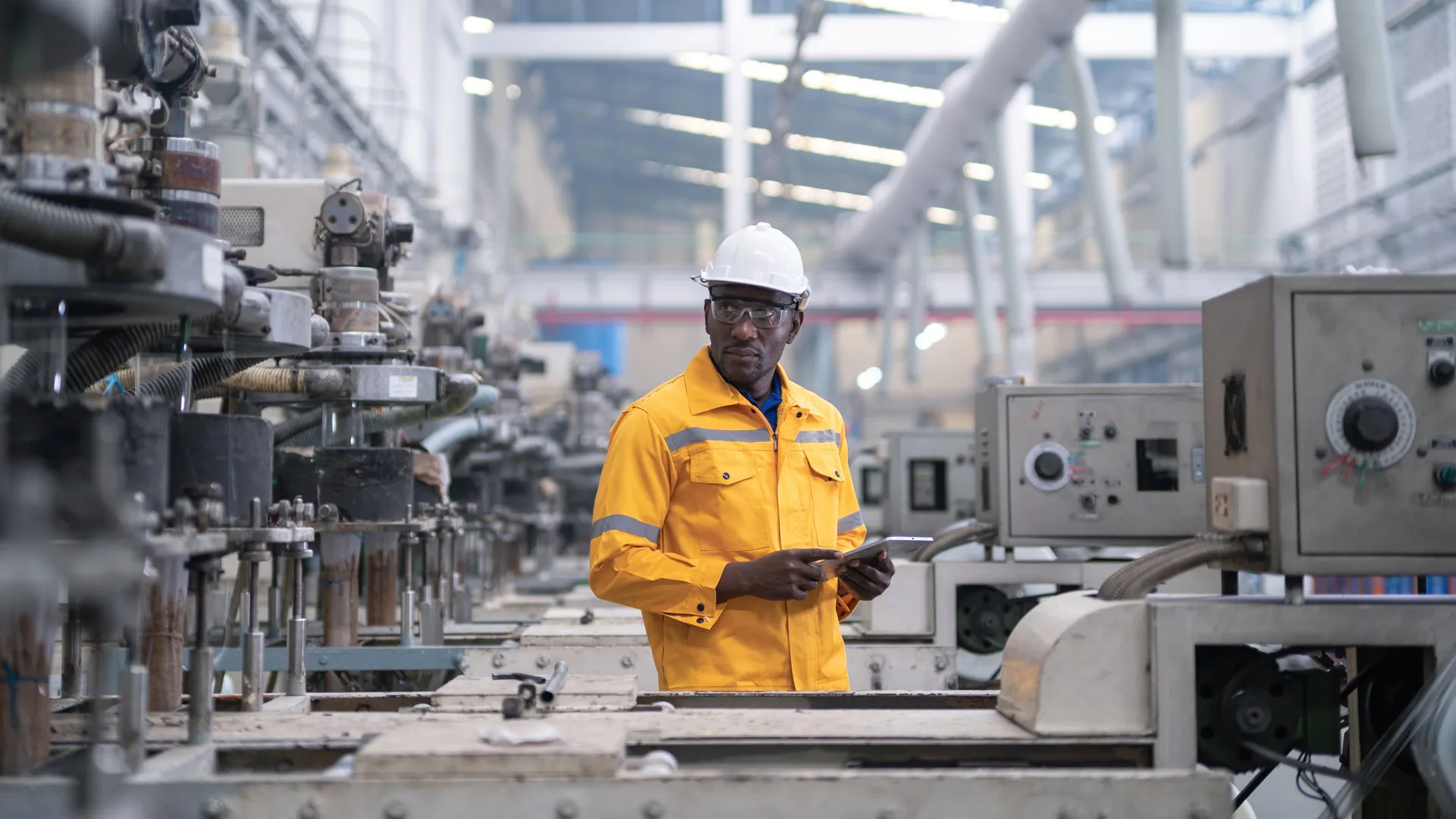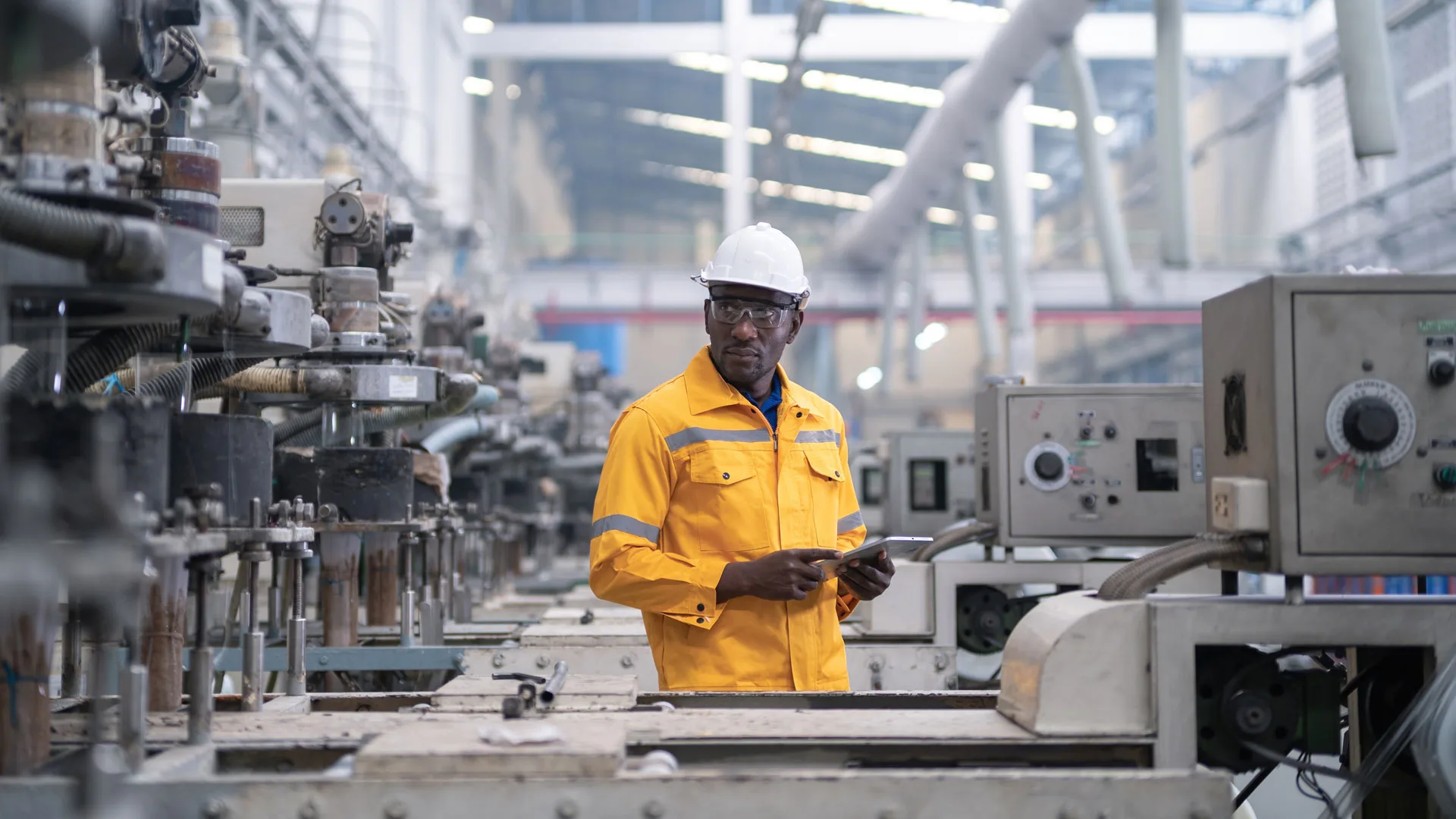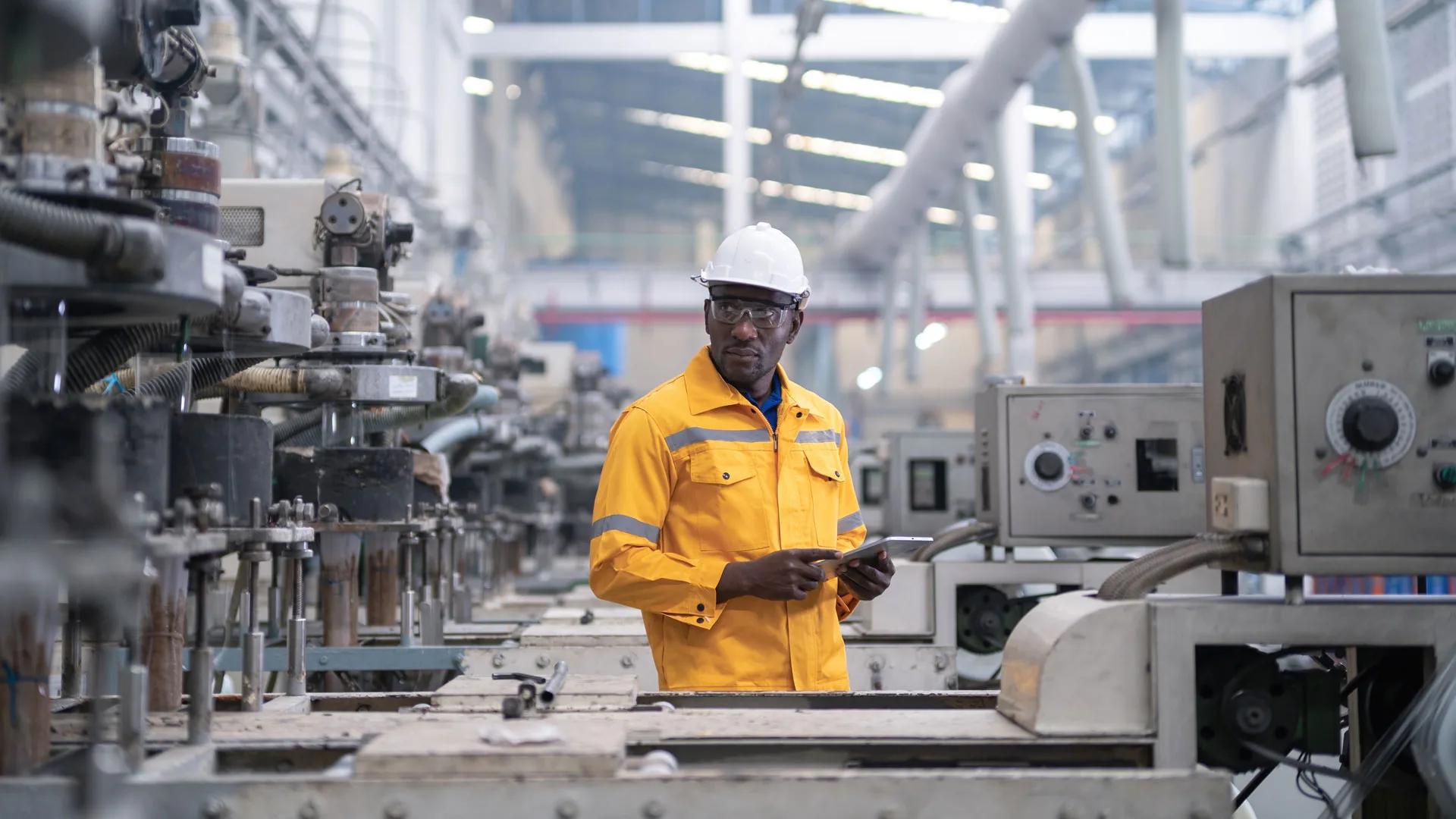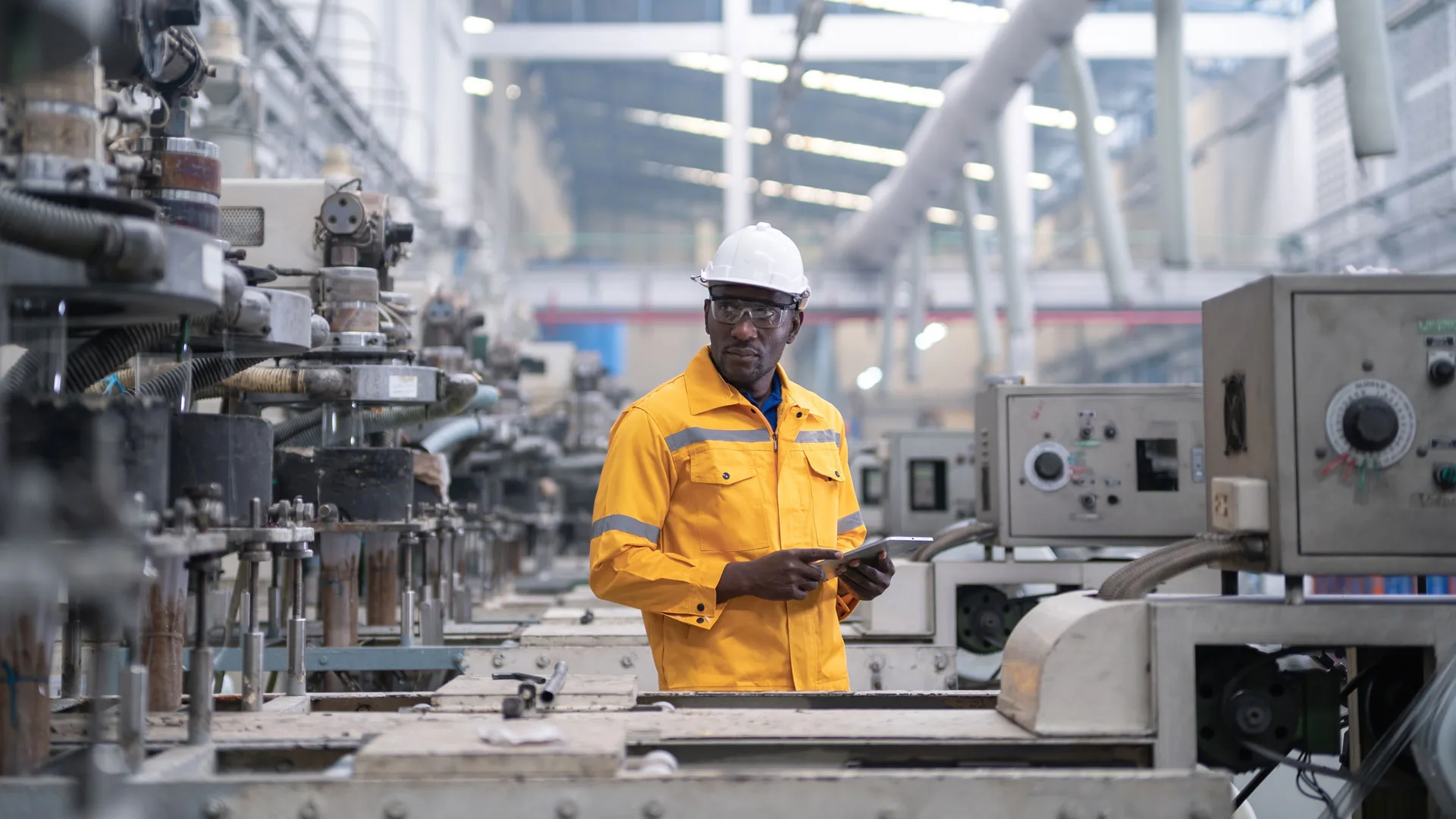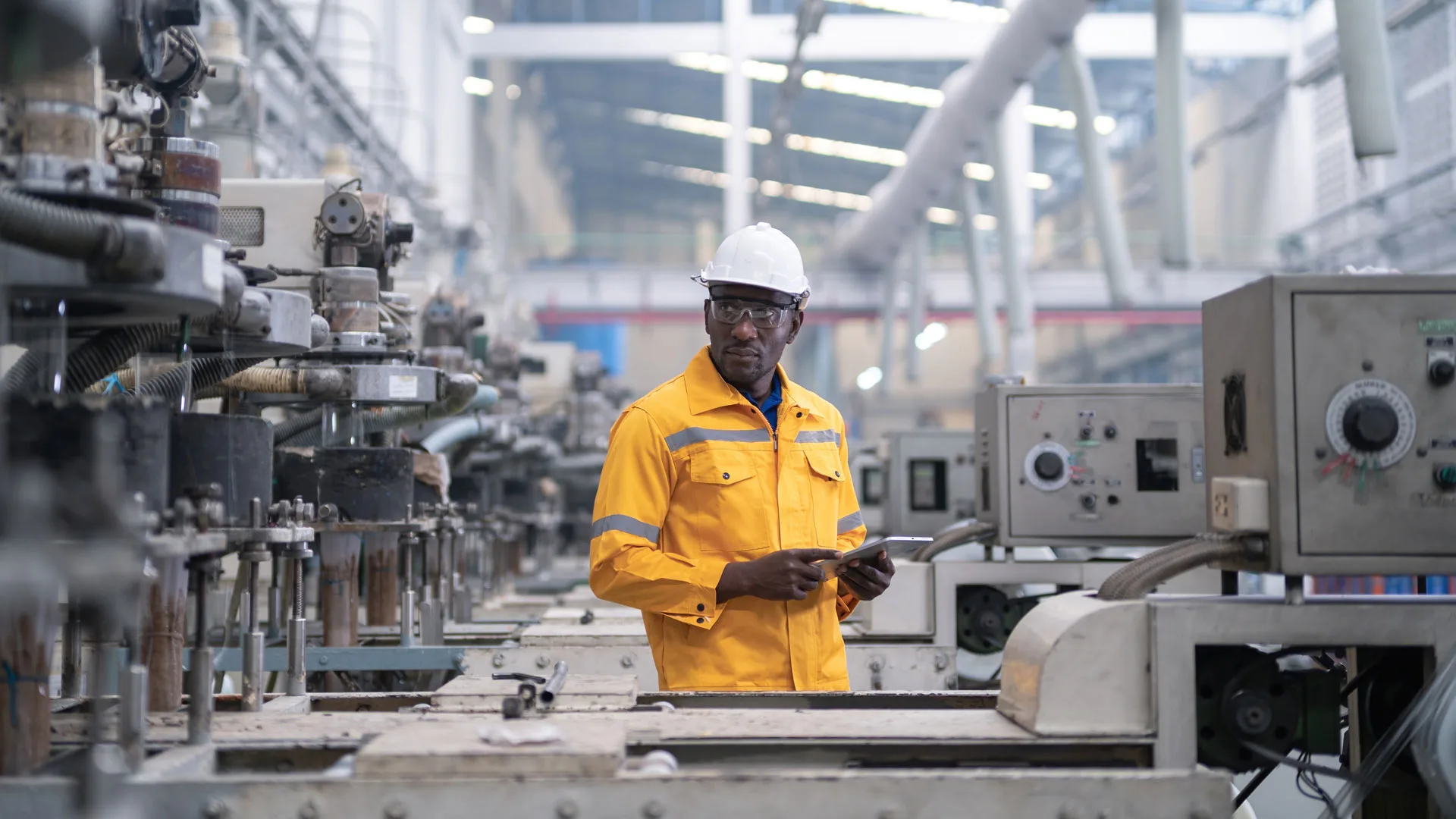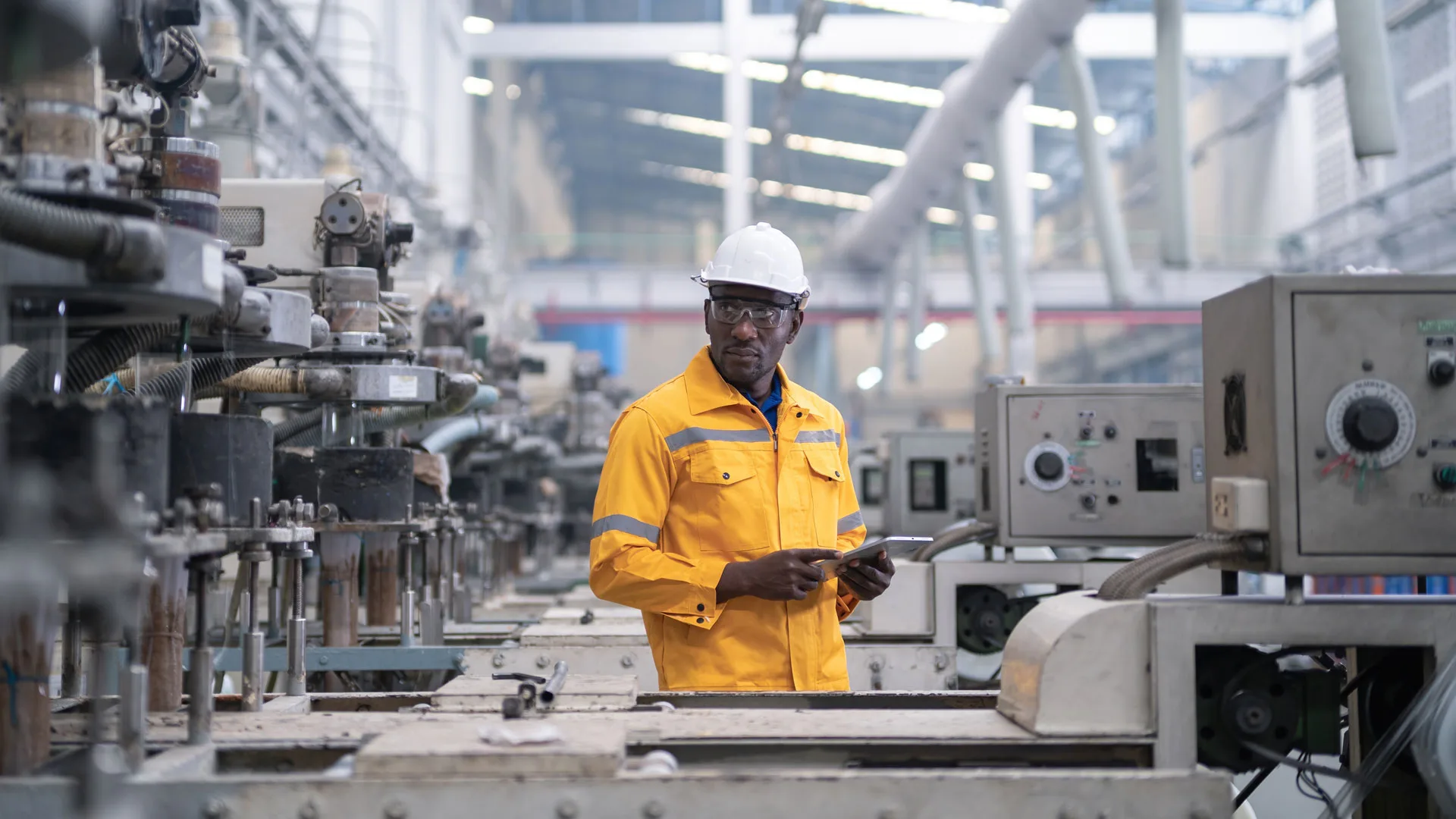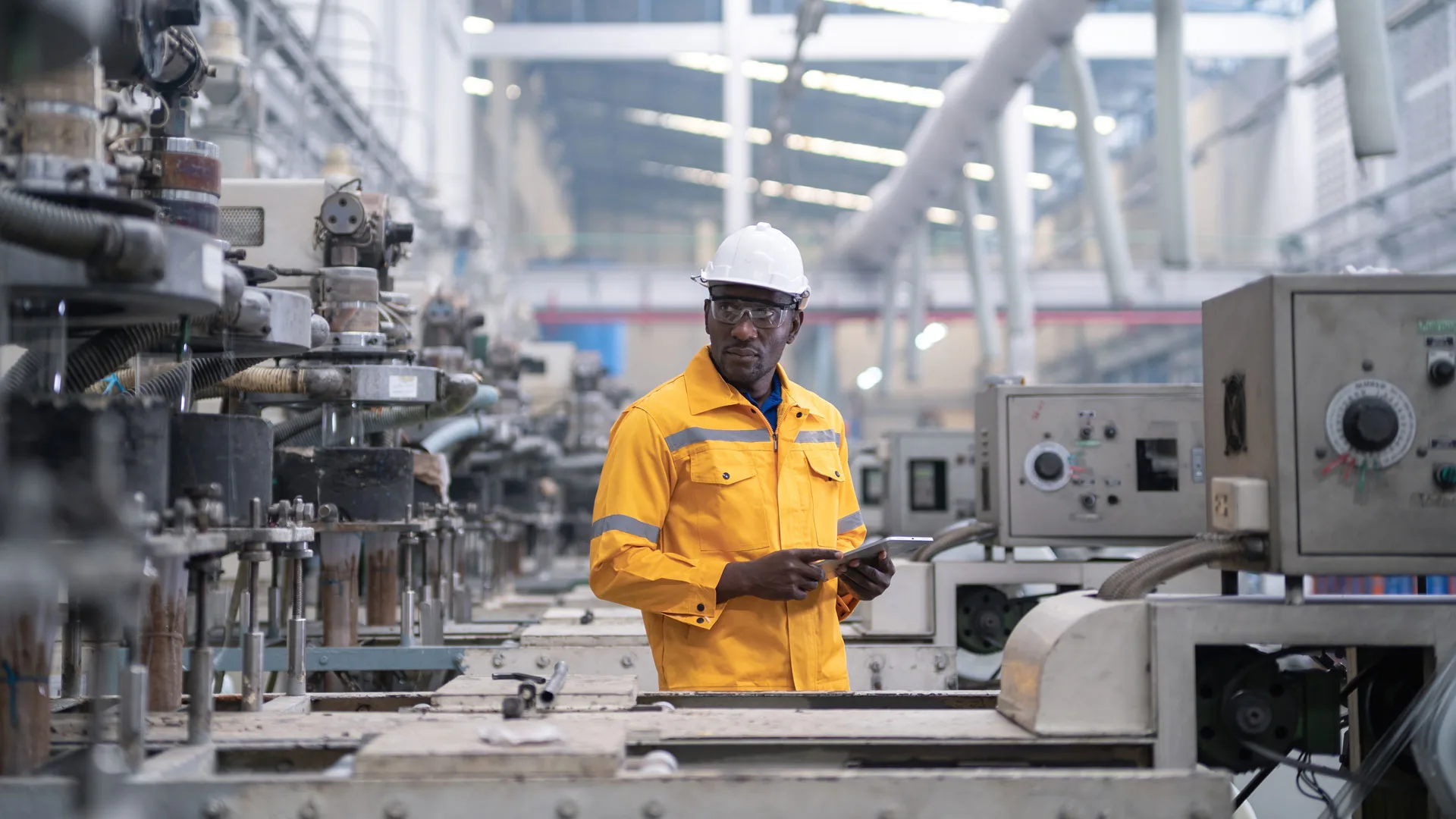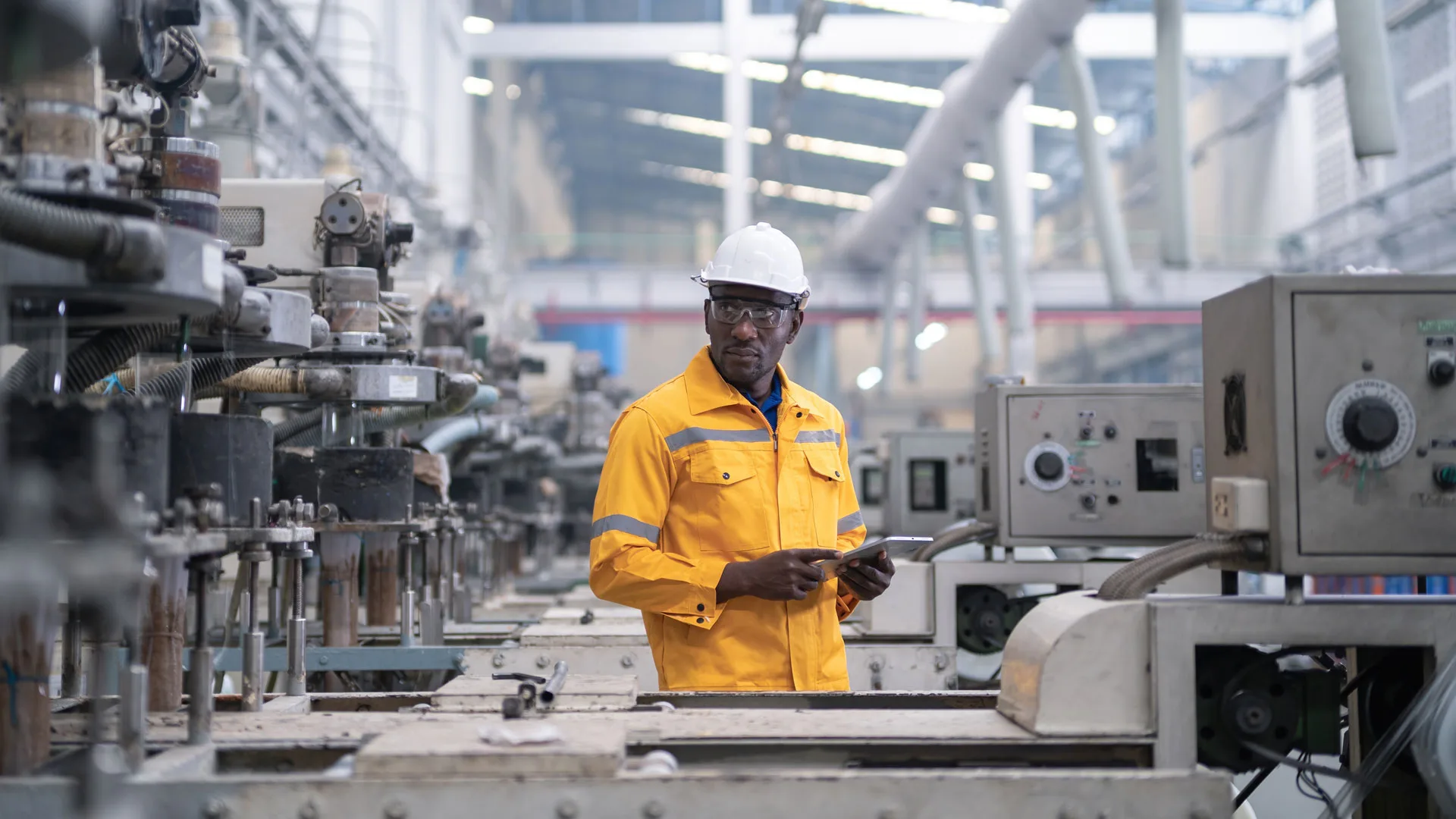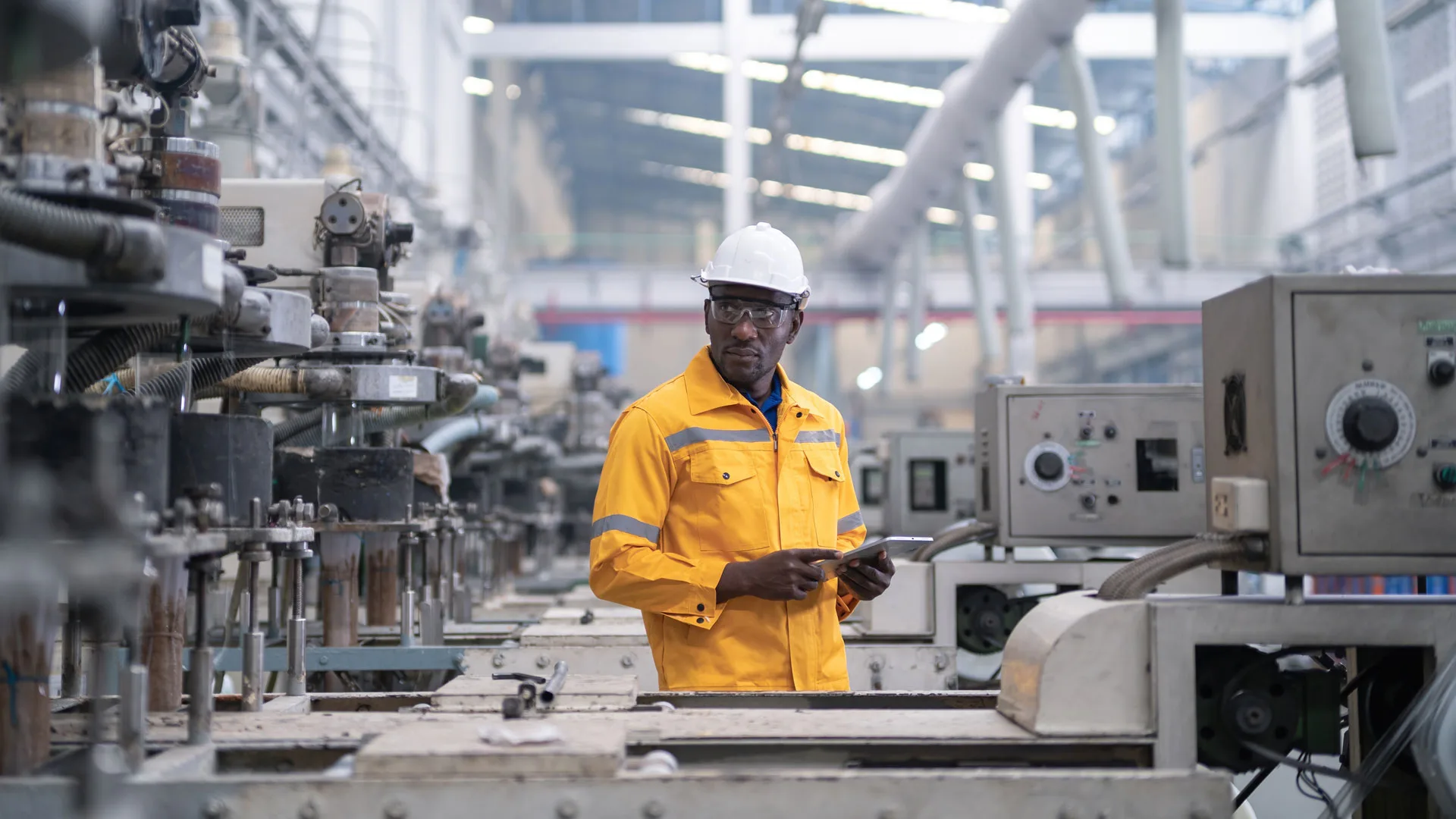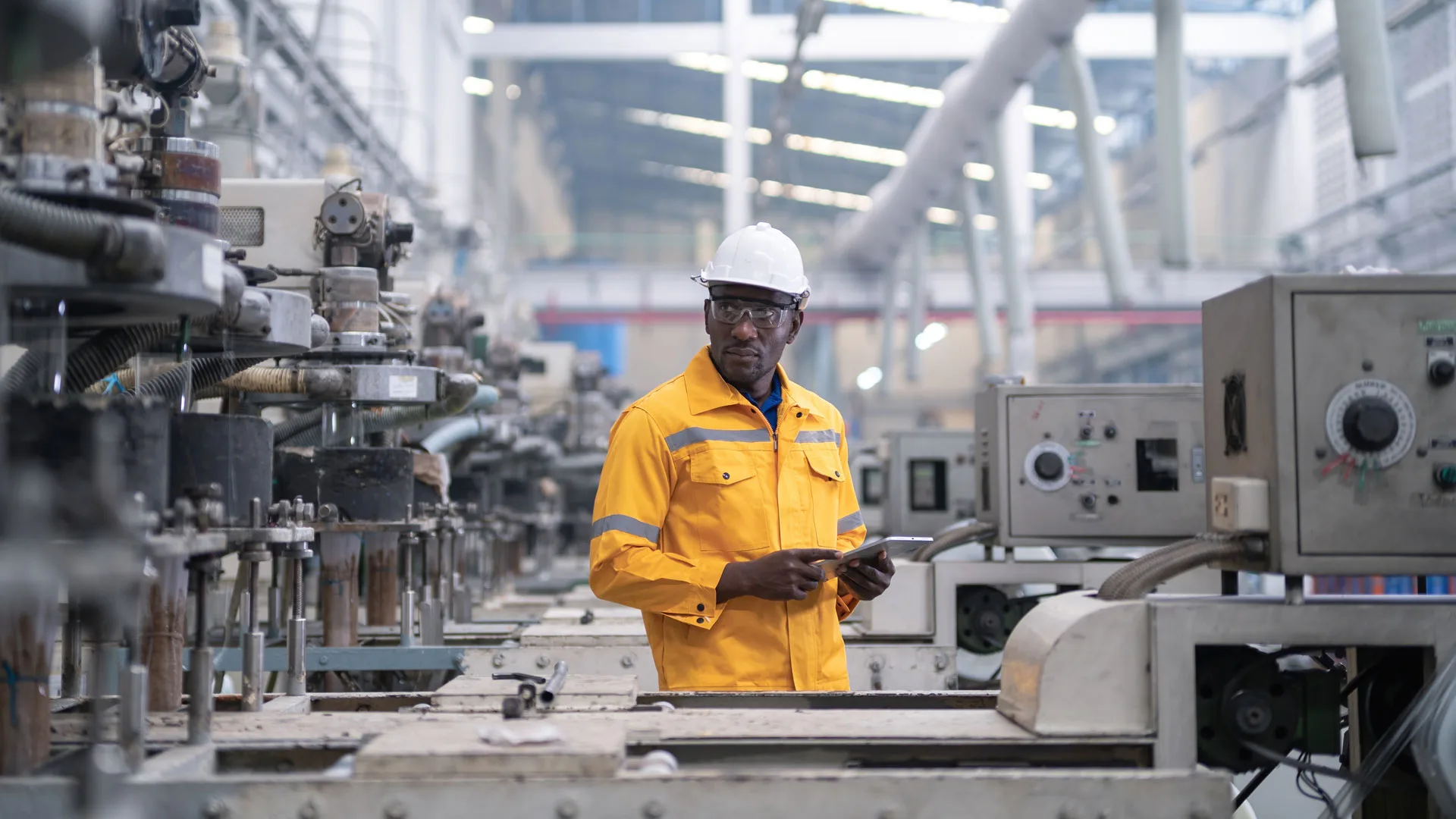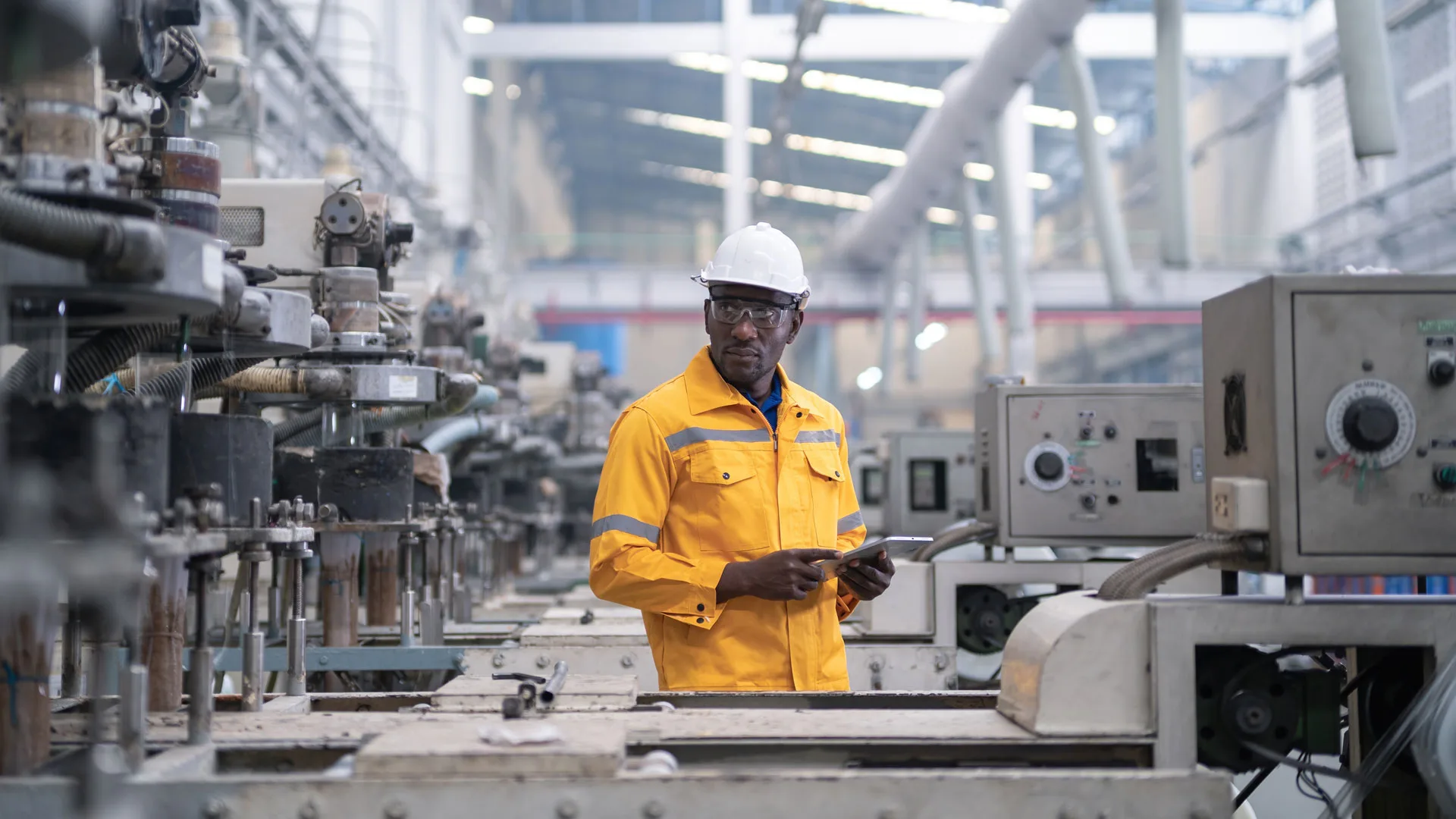Factory warehouses represent the backbone of modern supply chains, combining manufacturing capabilities with extensive storage …
Factory Machinery Insurance: Essential Protection for Manufacturing Operations
Factory machinery forms the backbone of any manufacturing operation, representing significant capital investment and operational dependency. When this equipment fails, breaks down, or suffers damage, the financial implications can be devastating. Factory machinery insurance provides crucial protection against these risks, ensuring business continuity and financial stability.
Understanding Factory Machinery Insurance
Factory machinery insurance, also known as plant and machinery insurance or equipment breakdown insurance, is a specialized commercial insurance product designed to protect manufacturing businesses against financial losses arising from machinery damage, breakdown, or failure. This coverage goes beyond standard property insurance to address the unique risks associated with industrial equipment and manufacturing processes.
The insurance typically covers sudden and unforeseen breakdown of machinery, including electrical and mechanical failures, operator error damage, and accidental damage during operation. Coverage extends to the cost of repairs or replacement, as well as consequential losses such as business interruption and spoiled stock.
Types of Machinery Covered
Modern manufacturing facilities rely on diverse machinery types, each presenting unique insurance considerations. Production machinery forms the core coverage, including CNC machines, injection molding equipment, printing presses, textile machinery, and assembly line equipment. These machines often represent the highest value items requiring comprehensive protection.
Power generation equipment requires specialized attention, covering boilers, generators, transformers, and electrical switchgear. Failure of these systems can halt entire operations, making adequate coverage essential. Material handling equipment, including conveyor systems, cranes, forklifts, and automated storage systems, also requires protection due to their critical operational role.
Processing equipment varies significantly by industry but commonly includes mixing equipment, heating and cooling systems, packaging machinery, and quality control instruments. Computer-controlled machinery and robotics represent increasingly valuable assets requiring specialized coverage for both hardware and software components.
Common Risks and Causes of Loss
Manufacturing machinery faces numerous risks that can result in costly breakdowns or damage. Electrical failures represent one of the most common causes, including power surges, short circuits, and motor burnouts. These issues can arise from power grid fluctuations, aging electrical components, or inadequate maintenance.
Mechanical failures occur through normal wear and tear, inadequate lubrication, misalignment, or component fatigue. Overheating presents significant risks, particularly in continuous operation environments where cooling systems may fail or become inadequate. Operator error can cause substantial damage through incorrect operation, improper setup, or failure to follow safety procedures.
External factors also pose risks, including fire, flood, theft, and vandalism. Contamination from dust, chemicals, or foreign objects can damage sensitive machinery components. Cyber attacks increasingly threaten computer-controlled equipment, potentially causing both operational disruption and physical damage.
Coverage Components
Comprehensive factory machinery insurance includes several key coverage components. Physical damage coverage provides repair or replacement costs for damaged machinery, typically on a new-for-old basis or actual cash value depending on policy terms. This includes parts, labor, and associated costs necessary to restore equipment to working condition.
Business interruption coverage addresses lost income during machinery downtime. This protection is crucial as machinery breakdowns can halt production for days or weeks while repairs are completed. Coverage typically includes lost profits, continuing expenses, and additional costs incurred to minimize business disruption.
Expediting expenses coverage pays for additional costs to speed up repairs or replacement, including overtime labor, express shipping for parts, and temporary equipment rental. These expenses can significantly reduce downtime duration, making this coverage highly valuable.
Spoiled stock coverage protects against losses when machinery breakdown results in damaged or spoiled inventory. This is particularly important for food manufacturers, chemical processors, and other industries where temperature control or processing continuity is critical.
Industry-Specific Considerations
Different manufacturing sectors face unique machinery insurance challenges requiring specialized approaches. Food and beverage manufacturers must consider contamination risks, temperature-sensitive processes, and strict hygiene requirements. Machinery breakdown can result in product recalls, regulatory issues, and significant cleanup costs.
Automotive manufacturers rely on complex assembly lines where single machine failure can halt entire production. Just-in-time manufacturing practices increase vulnerability to machinery breakdown, making comprehensive coverage essential. Pharmaceutical manufacturers face similar challenges with additional regulatory compliance requirements.
Textile manufacturers operate machinery under demanding conditions with significant fire risks from lint and chemicals. Chemical processors face explosion and contamination risks requiring specialized coverage terms. Electronics manufacturers must protect against static discharge, contamination, and precision equipment damage.
Risk Assessment and Prevention
Effective machinery insurance programs begin with comprehensive risk assessment. This process identifies critical equipment, evaluates potential failure modes, and quantifies potential losses. Understanding equipment age, condition, and maintenance history helps determine appropriate coverage levels and risk mitigation strategies.
Preventive maintenance programs significantly reduce machinery breakdown risks. Regular inspections, scheduled maintenance, and component replacement help identify potential issues before they cause major failures. Proper operator training reduces human error risks while maintaining detailed maintenance records supports insurance claims.
Environmental controls protect machinery from external risks. Climate control systems prevent temperature and humidity damage, while dust control systems protect sensitive components. Fire suppression systems provide rapid response to machinery fires, minimizing damage extent.
Claims Process and Management
When machinery breakdown occurs, prompt notification to insurers is essential. Most policies require immediate notification of potential claims, with detailed reporting requirements. Documenting the incident thoroughly, including photographs, witness statements, and maintenance records, supports the claims process.
Engaging qualified repair contractors quickly helps minimize downtime and prevents further damage. Many insurers maintain networks of approved contractors familiar with claims procedures and coverage terms. Coordinating with insurers throughout the repair process ensures compliance with policy requirements.
Business interruption claims require detailed documentation of lost income and continuing expenses. Maintaining accurate financial records and production data supports these claims. Working with forensic accountants may be necessary for complex business interruption calculations.
Policy Selection Considerations
Selecting appropriate machinery insurance requires careful evaluation of coverage options and terms. Replacement cost coverage provides superior protection compared to actual cash value, ensuring adequate funds for modern equipment replacement. However, replacement cost coverage typically carries higher premiums.
Coverage limits must reflect current equipment values and potential business interruption losses. Underinsurance can leave significant gaps in protection, while overinsurance wastes premium dollars. Regular equipment appraisals help maintain appropriate coverage levels as operations expand or equipment ages.
Deductible selection balances premium costs with out-of-pocket expenses. Higher deductibles reduce premiums but increase financial exposure for smaller claims. Consider the frequency of minor breakdowns when selecting deductible levels.
Cost Factors and Premium Considerations
Several factors influence machinery insurance premiums. Equipment value represents the primary rating factor, with higher-value machinery commanding higher premiums. Equipment age and condition significantly impact rates, as older equipment presents higher breakdown risks.
Industry type affects pricing due to varying risk profiles. Heavy manufacturing operations typically face higher rates than light assembly operations. Operating environment factors, including temperature extremes, dust, vibration, and chemical exposure, influence premium calculations.
Maintenance practices and safety records impact pricing. Well-maintained equipment with strong safety records may qualify for premium discounts. Implementing risk management programs, including preventive maintenance and operator training, can reduce insurance costs.
Regulatory and Compliance Issues
Manufacturing operations must comply with various safety and environmental regulations that impact machinery insurance. OSHA requirements mandate specific safety equipment and procedures that can affect coverage terms. Environmental regulations may require specialized cleanup coverage for certain types of machinery.
Industry-specific regulations, such as FDA requirements for food manufacturers or DEA requirements for pharmaceutical companies, may necessitate additional coverage considerations. Maintaining compliance with all applicable regulations supports insurance coverage and may provide premium benefits.
Integration with Other Insurance Coverages
Factory machinery insurance works alongside other commercial insurance coverages to provide comprehensive protection. Property insurance covers building damage that may accompany machinery breakdown, while general liability insurance addresses third-party injury claims arising from machinery accidents.
Workers' compensation insurance covers employee injuries related to machinery operation, while cyber liability insurance addresses risks to computer-controlled equipment. Coordinating these coverages prevents gaps and overlaps in protection.
Future Trends and Considerations
Manufacturing technology continues evolving, creating new insurance challenges and opportunities. Internet of Things (IoT) sensors enable predictive maintenance and real-time monitoring, potentially reducing breakdown risks and insurance costs. However, increased connectivity also creates cyber security vulnerabilities requiring additional protection.
Artificial intelligence and machine learning applications in manufacturing create new risk profiles requiring specialized coverage considerations. As equipment becomes more sophisticated and expensive, insurance coverage must evolve to address these changing needs.
Conclusion
Factory machinery insurance provides essential protection for manufacturing operations, addressing the significant financial risks associated with equipment breakdown and damage. Comprehensive coverage includes physical damage protection, business interruption coverage, and various additional benefits tailored to manufacturing needs.
Effective machinery insurance programs require careful risk assessment, appropriate coverage selection, and ongoing risk management. Working with experienced insurance professionals familiar with manufacturing risks ensures adequate protection and optimal coverage terms.
As manufacturing technology continues advancing, machinery insurance must evolve to address new risks and opportunities. Proactive risk management, combined with comprehensive insurance coverage, provides the foundation for successful manufacturing operations in an increasingly complex business environment.


 0330 127 2333
0330 127 2333
